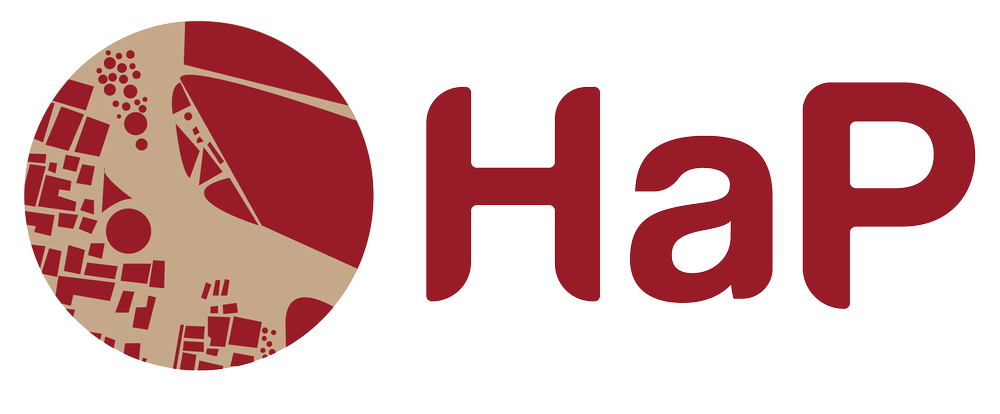Hover over each photo to learn more.
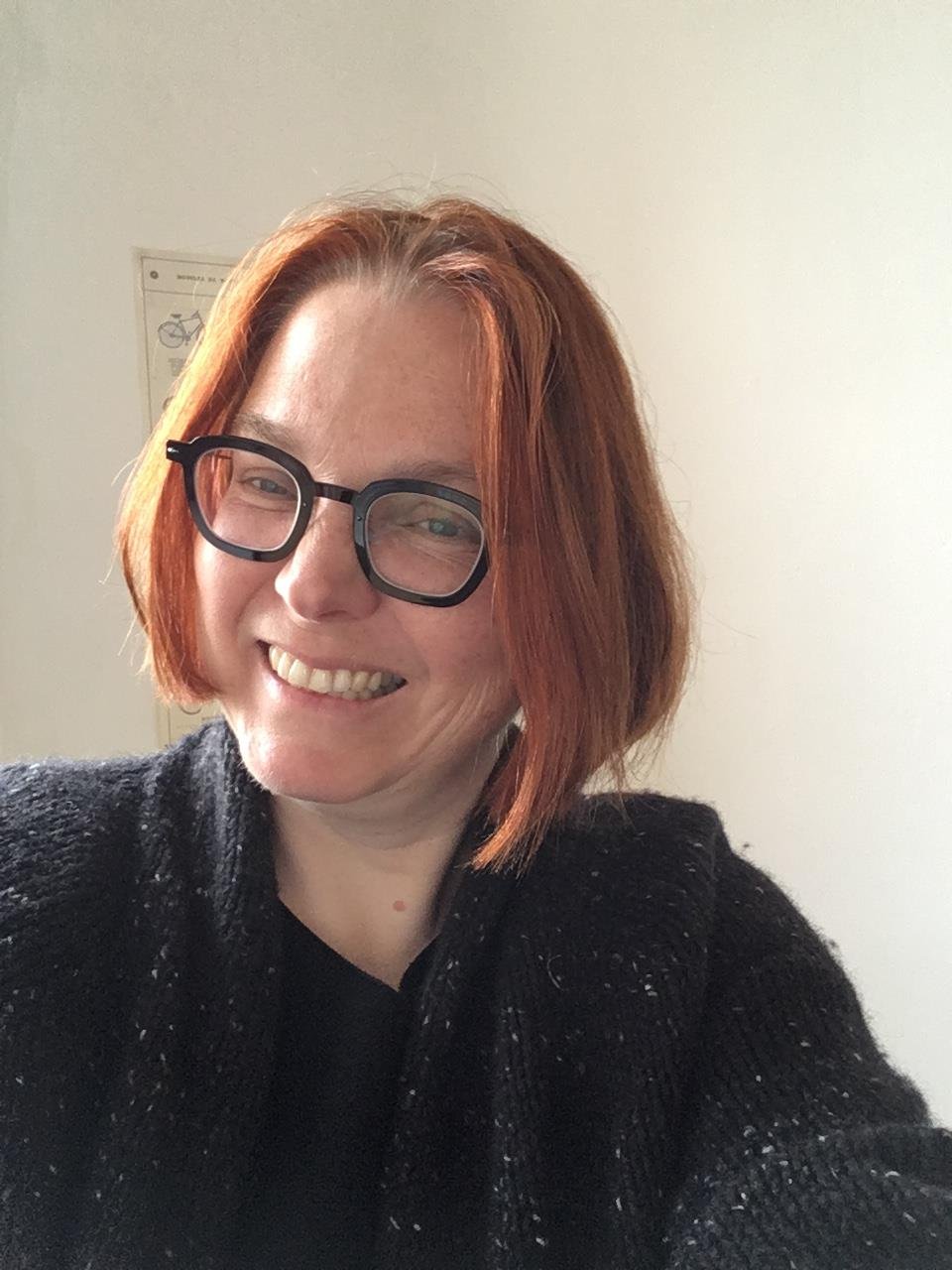
Stefanie Lotter is a Co-I in the research project: ‘Heritage as Placemaking: The Politics of Solidarity and Erasure in South Asia’ and one of the organizers of the summer school ‘Urban Heritage Mining’. She trained in and taught South Asian studies, social anthropology and museum and heritage studies at SOAS University of London, where she is a Senior Research Fellow.

Emily Hyatt Is the coordinator of the research project Heritage as Placemaking: The Politics of Solidarity and Erasure in South Asia. She holds a combined BA in visual art (printmaking) and art history and recently finished her MA in Transcultural Studies at Heidelberg University, Germany. Emily’s research interests include the uses of archives and archive-like spaces, especially the transcultural processes of collecting and archiving botanical ‘specimens’ and organic materials. For the Summer School Urban Heritage Mining, Emily is leading a workshop on Elizabeth Edwards’ text ‘Photographs: Material form and the dynamic archive’.

Arunava Dasgupta is an architect and urban designer currently engaged as Head of the urban design program in the Department of Urban Design at School of Planning and Architecture, New Delhi. He partners with the HaP Urban Heritage Mining summer school through the international partnership “Urban Transformation and Placemaking: Fostering Learning from South Asia and Germany” (DAAD), with Christiane Brosius and Sujan Chitrakar. As founding member and Vice President of the Institute of Urban Designers – India (IUDI), Dasgupta has been actively promoting the idea of holistic urban design while creating alternative development frameworks using community participation as a central tool for local area design.

Pooja Kalita is a researcher at the Department of Sociology of the South Asian University (New Delhi). Her research focuses on the intersection of gender, material culture, food, visuality, and placemaking. She has been interested in the feminist reading of spaces and the evolving boundaries between the ‘private’ and the ‘public’, especially in the context of South Asia. Her publications include both academic and popular media pieces, photography, art and short-films.

Binita Magaiya is an architect specializing in the conservation of monuments and heritage structures. She completed her master’s from Katholieke Universiteit Leuven in Belgium with a degree in Conservation of Monuments and Sites. She recently finished the project of reconstructing Kasthamandap. A former heritage activist, Binita is now engaged in the preservation of intangible heritage via her work as a storybook writer for children. She is also a co-founder of Baakhan Nyane Waa (Come, Listen to Stories!), a non-profit organization that documents and converts oral histories and stories into illustrated children’s books. She is a research assistant in the Heritage as Placemaking project and is based at Social Science Baha, and has assisted with logistics for the summer school.

Padma Sundar Maharjan is an architect (B.Arch, IOE) currently working on heritage conservation. He worked as senior site architect for the reconstruction of four temples destroyed by the 2015 earthquake in Kathmandu Darbār square (UNESCO World Heritage Site) under the Kathmandu Valley Preservation trust (KVPT). Maharjan is furthermore currently setting up the “Traditional Buildings Inventory” (TBI) in Nepal and has recently finalised the construction and galleries of the Pashupatinath Museum. Maharjan has been a lecturer at the Himalayan College of Engineering, Pātan since 2010. Within NHDP, he has contributed to the making of maps and drawings of the monuments. In the HaP Urban Heritage Mining summer school, he is our expert on heritage activism in Sunaguthi.
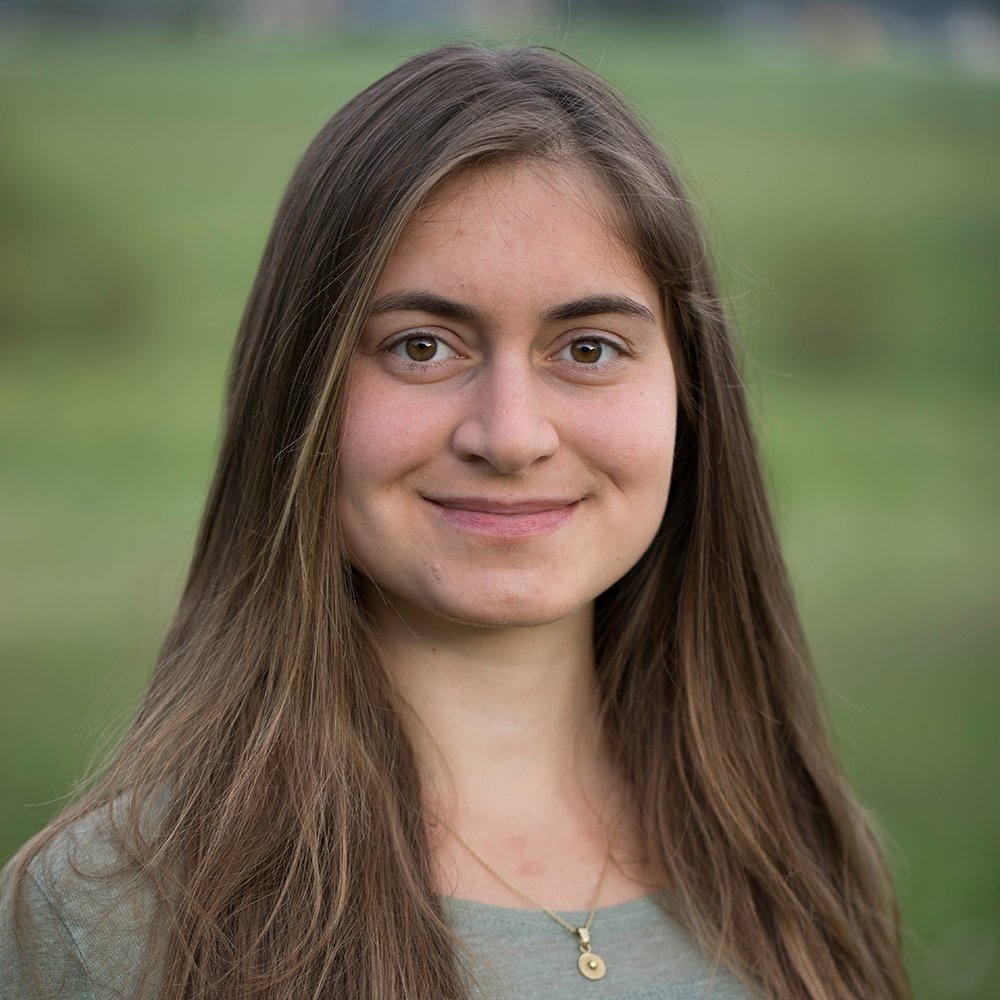
Julia Meckl is a student research assistant for the Heritage as Placemaking project. She has assisted with organization and logistics for the summer school and is also a participant. Julia is pursuing an MA in Heidelberg University’s master’s program ‘Development, Environment, Society and History of South Asia’ (MA South Asian Studies).
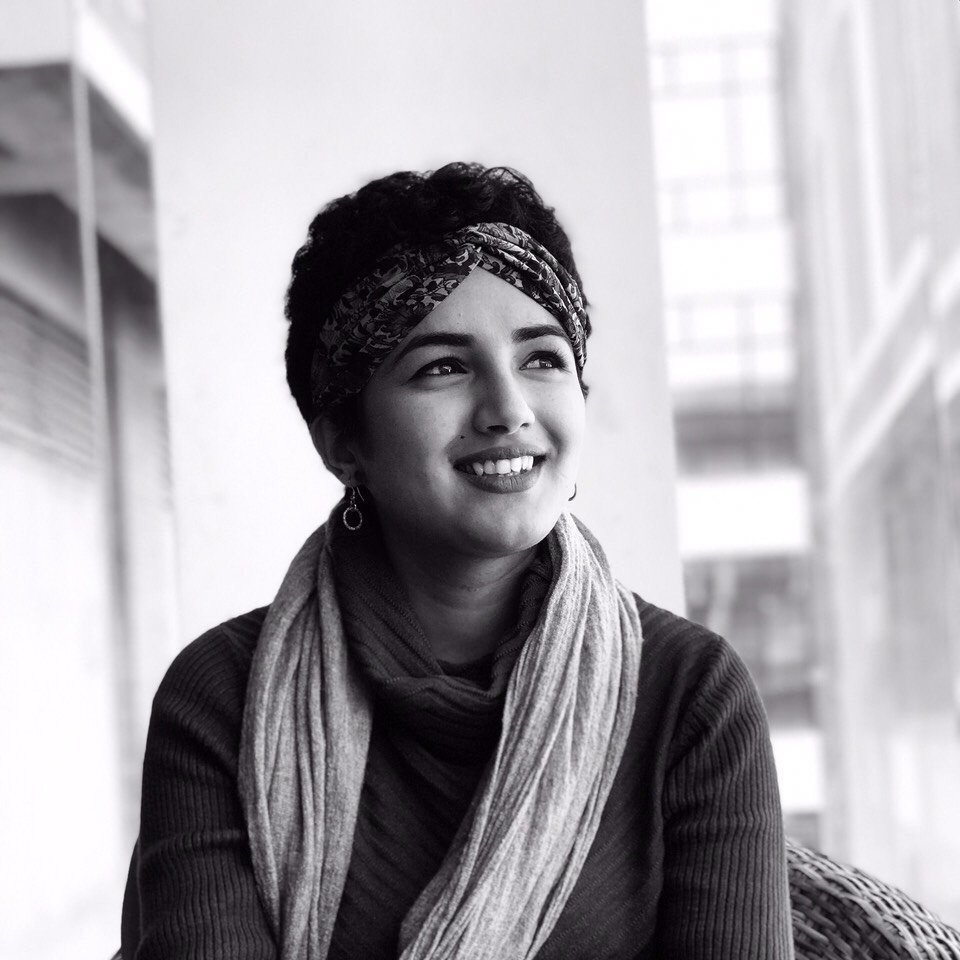
Asmita Nepal is an archivist and researcher at Nepal Architecture Archive (NAA), which is run by the Saraf Foundation for Himalayan Traditions and Culture, a patron organization of the Taragaon Museum. Before NAA, she mainly worked as a freelance photographer, documentary videographer, and content writer. She obtained her bachelors in Media Studies from Kathmandu University School of Arts and is currently doing her masters in Art History and Visual Culture at Richmond, the American International University in London.

Rohit Ranjitkar is the director of the Kathmandu Valley Preservation Trust.A conservation architect by training, he has been involved in numerous heritage reconstruction projects working in collaboration with a range of national and international funders. See https://kvptnepal.org/

Rupesh Shrestha is an architect with experiences in heritage conservation and construction of disaster resilient housing in Nepal. He has worked for 4 years in post-disaster reconstruction projects in Nepal (earthquake and floods). He is passionate about the potential of the built environment to protect cultural heritage, influence health and productivity, secure communities and climate protection.

Amanda Taylor is a part-time PhD student at SOAS, University of London (Department of History). She is the recipient of an Arts and Humanities Research Council (CHASE) studentship. Amanda’s research focuses on colonial power in the Eastern Himalaya during the 20th century.

Premila Van Ommen holds a master’s in Migration and Diaspora Studies from the SOAS, and is currently a PhD student in Cultural Studies at LCF, University of Arts London. She is a TECHNE award recipient for her ongoing research studies on the arts education and activities of young Nepali migrants in the UK. She is the founder of the online archival projects Nepali Swag, food collective Yak Bites, and the Afro-Nepali arts movement MOMOLIFE.
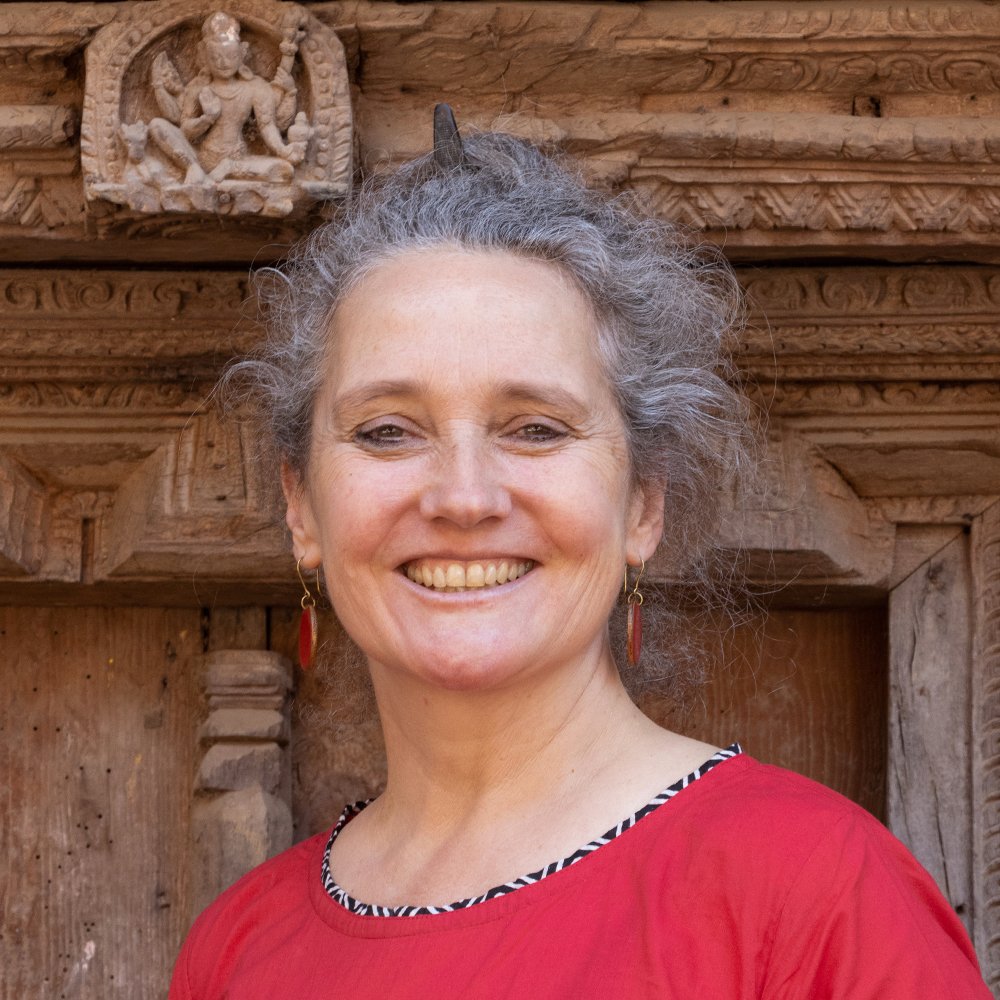
Christiane Brosius is the Principal Investigator of the joint-research project ‘Heritage as Placemaking: The Politics of Solidarity and Erasure in South Asia’ and is professor of Visual and Media Anthropology at the Heidelberg Centre for Transcultural Studies, Heidelberg University. Her work encompasses processes of urbanisation in globalising cities (in Nepal and India specifically), transcultural art production and the forging of ‘place’ through heritage, and international migration. Listen to her podcast comment on music and urban heritage here.

Sujan Chitrakar is an artist, lecturer, and independent curator based in Kathmandu. He has been associated with Kathmandu University Art+Design since the time of its inception in 2003, leading the department from 2005 to 2019. He partners with this summer school through the international partnership “Urban Transformation and Placemaking: Fostering Learning from South Asia and Germany” (DAAD) with Christiane Brosius and Arunava Dasgupta.
Prior to this, he served as an adjunct faculty member at Tribhuwan University and Khwopa Engineering College. He is also a founding member of Sutra, an artist-led group that primarily promoted alternative art practices in Nepal. With numerous national and international art workshops and exhibitions to his credit, he practices art extensively in public and private spaces—both individually and collectively. See also: https://sujanchitrakar.com/ and https://spacetoplace.org/team/sujan/

Bishal Diganta is a PhD student at the South Asia Institute, Heidelberg, and holds a master’s degree in Health and Society in South Asia from Heidelberg University (2021) and another one in Sociology from Jamia Millia Islamia, New Delhi (2017). He has previously worked in the GeKo Project (2020) funded by the BMBF (Federal Ministry of Education and Research, Germany, as a data analyst (2020) for Heidelberg Institute of Global Health, and in SUTRA (Himachal Pradesh), India. Bishal has worked as the Research Data Manager in the Heritage as Placemaking Project and for the NHDP. For the Summer School, Bishal helps with training for the standardization of metadata of the ‘mined data’.

Swosti Rajbhandari Kayastha is a cultural heritage scholar and a museum and gallery professional working with Nepal Art Council as curator and PR officer. She works as lecturer at Lumbini Buddhist University, Kathmandu. She enjoys curating exhibitions and making educational programs for exhibitions, and writes articles related to Nepali art and culture.

Bharat Maharjan holds masters degrees in Newari Language and Culture (Nepalbhasa) and in Nepalese History, Culture and Archaeology from Tribhuvan University (TU), Kathmandu. He also graduated as a painter from Lalit Kala Campus of Fine Arts in 2009. Bharat taught at the Nepalbhasa Department of TU and worked as a Research Assistant for the Inscription Inventory Project of Patan Municipality. He has been working at the Heidelberg Nepal Heritage Documentation Project (NHDP) on historical as well as linguistic sources and is the managing director of the NHDP Patan branch office. In the HaP Summer School, he is a facilitator of the Kirtipur heritage walks, with Pushpa Palanchoke.

Suresh Man Lakhe is Acting Director of the Patan Museum. He holds an MA in Museology from the Lumbini Buddhist University and is passionate about communities and objects.

Elias Michaels holds an MA degree in Geography (focal area Geographical Development Research) from the Freie Universität Berlin. He has been working for the German United Nations Society and has spent several months in Nepal as an intern with the Deutsche Gesellschaft für Internationale Zusammenarbeit (GIZ). Within the Nepal Heritage Documentation Project (NHDP) he is responsible for database management as well as GIS, mappings, and the development of the Heritage Walk App. For the Summer School, he develops the interface for the crowdsourced digital heritage walk in Kirtipur.
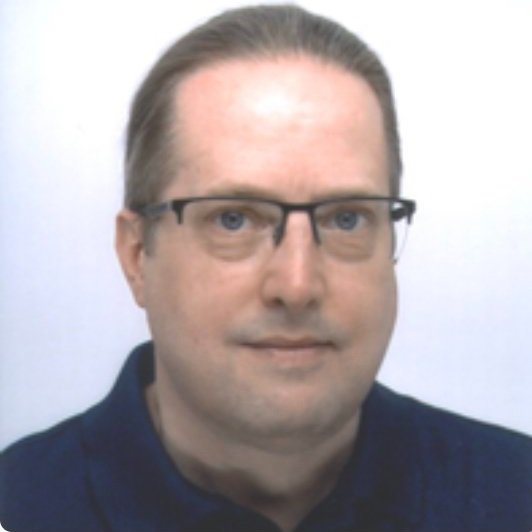
Uwe Niebuhr studied languages and cultures of South Asia and Tibet as well as art history at the University of Vienna. Since 2004 he has worked on various collections and exhibitions at the Weltmuseum Wien, such as "BON. Spirits of Butter - Art & Ritual of Ancient Tibet" in 2013. Since 2006 he has been involved in various research projects on the cultural history of the Himalayas and is currently the principal investigator of a project on the scientific legacy of the Tibetologist and ethnologist Rene Nebesky-Wojkowitz.

Thomas Schrom is an architect and restoration expert. He has been active in Nepal and Bhutan since 1991 and has engaged in restoration projects such as the Patan Museum and the Patan Durbar Square. Following the 2015 earthquake, he worked on the Post Disaster Needs Assessment (cultural sector) under the Nepal Government and UNESCO Nepal.
Since 2016, Thomas has been working closely with the Department of Archaeology on the establishment of the digital "Cultural Heritage Information Systems" (CHIMS). Within NHDP, he works as a documentation consultant, where he supervises the in situ architectural documentation work of monastic courtyards (baha/bahi) and other monuments in Patan and the Kathmandu Valley.

Sanyukta Shrestha is a London-based games developer. He makes animated films based on Nepali legends. He is also the President of the World Newah Organisation (WNO) and currently an MA student.

Sabina Tandukar is an architect (B.Arch, IOE) associated with Rich Architectures Co., where she primarily works in heritage documentation and preservation. She was involved in the restoration and reconstruction of four temples in Kathmandu Darbār square (UNESCO World Heritage Site) under Kathmandu Valley Preservation trust (KVPT). She also worked as an archivist at the Nepal Architectural Archive, supported by Saraf Foundation for Himalayan Traditions, and for NHDP, where she contributed to the making of maps and drawings of the monuments. For the Summer School, she is our expert for heritage activism in Sunaguthi.

Verena Widorn studied art history in Vienna and Dijon and received her doctorate in 2007 with a thesis on sacred wooden architecture in the Indian Himalayas. From 1997 she was involved in several research projects on Himalayan art and culture, and since 2001 she has been directing the (Western) Himalaya Archive Vienna at the University of Vienna. She also teaches at the Institute of Art History and the Institute of South Asian, Tibetan and Buddhist Studies at the University of Vienna.

Sabin Ninglekhu is a geographer, Co-Investigator of the research project ‘Heritage as Placemaking: The Politics of Solidarity and Erasure in South Asia’, and a Senior Research Fellow at the Social Science Baha. He holds a PhD in Human Geography from the University of Toronto, for which his dissertation focused on urban governance, land, poverty, and the idea of the ‘slum’. In 2021, he completed a postdoctoral program on disaster governance and heritage urbanism, funded by Nanyang Technological University. He is furthermore a research advisor at the Kathmandu Valley Urban History Project.

Swaraj Chitrakar is the manager at Taragaon next. The space includes the Taragaon Museum, Taragaon Gallery, an amphitheatre and an ample amount of open green space for events and programs. He is also a fourth generation photographer and a custodian for the Chitrakar Legacy collection. The collection consists of paintings and manuscripts dating back to the early 18th century and, photographs, negatives, backdrop and cameras dating to early 20th century. He is currently doing his MA in Museology from the Lumbini Buddhist University.

Martin Gaenszle is professor and head of department for the University of Vienna’s Institut für Südasien-, Tibet- und Buddhismuskunde. He has researched, taught, and published extensively on ritual, linguistics, religion, and cultural studies in the Himalayan region. For the Heritage as Placemaking Summer School, he will give a lecture on Kirat oral traditions.
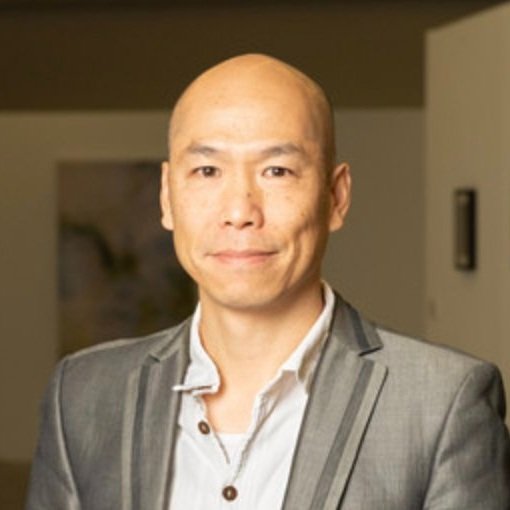
LEUNG, Chi Wo Warren 梁志和 is a visual artist. His reflective practice combines historical exploration with conceptual inquiry within a contemporary urban landscape. He is concerned with the undetermined relationship between conception, perception and understanding, especially in relation to site and history within cultural/political frameworks. His site-specific project was featured in the first Hong Kong pavilion at the Venice Biennale in 2001. His works have been exhibited in major international museums and institutions including Tate Modern in London, NRW Forum in Dusseldorf, Museu da Imagem e do Som in São Paulo and biennales in Shanghai, Busan and Manchester, among others. Leung was a co-founder of Para/Site Art Space. He has been engaged in collaborative projects, including seminal works with Sara Wong such as City Cookie and Museum of the Lost; and curatorial project for the Guangzhou Triennial 2008.

Monalisa Maharjan is a research fellow at the Heritage as Placemaking Project. She holds a master’s in Human and Natural Resources Studies from Kathmandu University in Nepal and a PhD in Art History from the University of Évora, supported by an Erasmus Mundus scholarship. Her PhD was focused on the indigenous practice of safeguarding intangible cultural heritage and linking tangible and intangible heritage with the case study of Kathmandu. Furthermore, she has worked as a researcher at the UNESCO Chair for Intangible Cultural Heritage and Traditional Know-how and CIDEHUS (Centro Interdisciplinar de História, Culturas e Sociedades da Universidade de Évora) in Portugal. For the summer school, Monalisa has assisted with logistics and the organization of the lecture at the Kathmandu Valley Urban History Project.
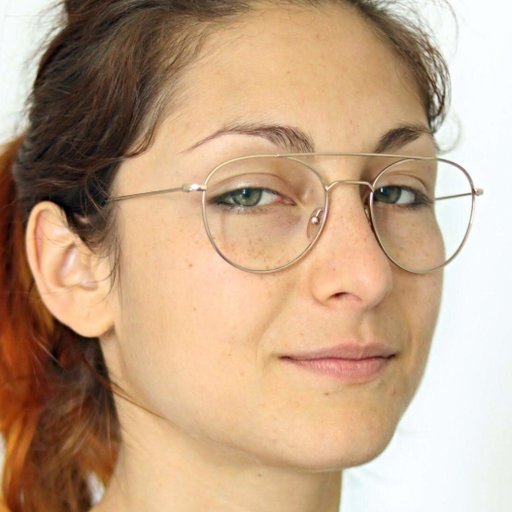
Corinna Mascherin is a student research assistant for Christiane Brosius’s DAAD project. She has assisted with organization and logistics for the summer school and is also a participant. Corinna is pursuing an MA in Heidelberg University’s master’s program MA Transcultural Studies (MATS).
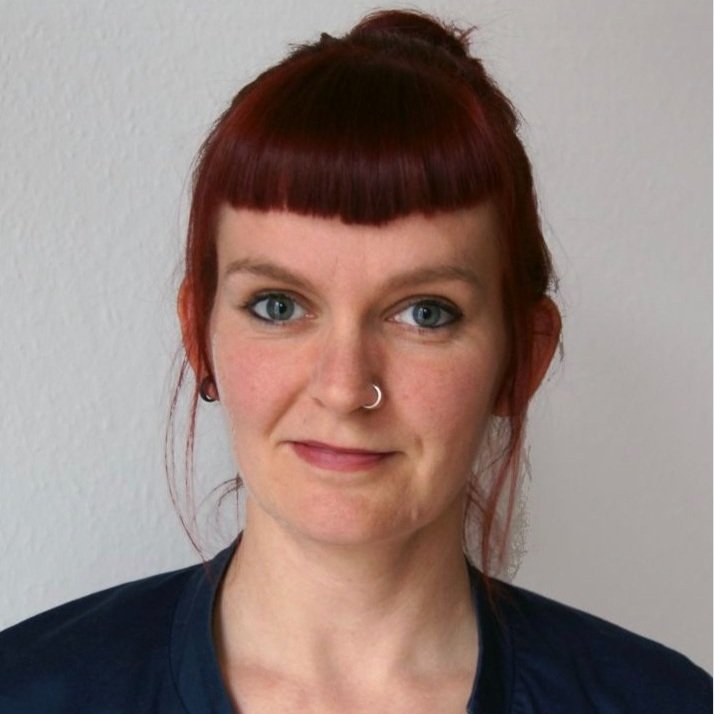
Katja Müller is a social anthropologist for digital, museum & visual anthropology, material culture, and energy & environmental anthropology at the Centre for Interdisciplinary Regional Studies, Martin Luther University Halle-Wittenberg. She works at the Leipzig ethnographic museum on colonial photographs and objects from India, and is currently researching the digitization of museums and archives in both India and Europe.
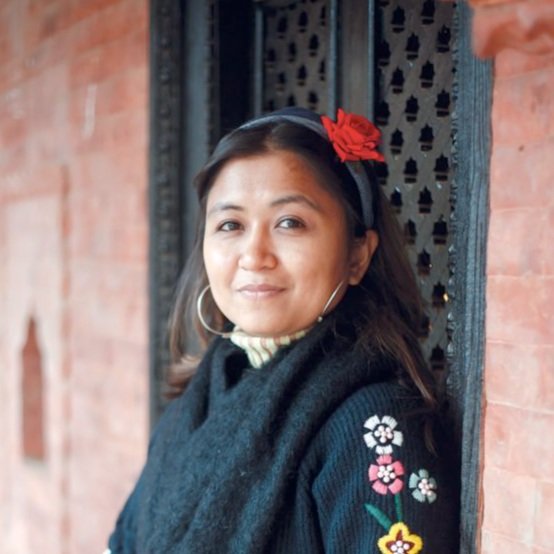
Pushpa Palanchoke is a singer and applied ethnomusicologist who believes in the transformative power of collective music-making. She collaborates with traditional institutions to create sustainable environments for indigenous musical traditions. She is the founder and program lead for Folk Lok, a community-based arts program that responds to the needs of indigenous music groups in Nepal (find out more about Folk Lok here, and watch their introductory video). For the HaP Summer School Urban Heritage Mining, Pushpa has curated the field visits in Kirtipur (alongside Bharat Maharjan, NHDP).

Yasmine Sefraoui is a French-Brazilian researcher based in London. She holds a master’s degree in Museum, Heritage and Material Culture from SOAS University of London and is interested in alternative strategies of knowledge production and curating situated at the intersection of museology, anthropology and contemporary art.

Shristi Shrestha is an artist based in Kathmandu. She is a programs coordinator at photo.circle, and is the coordinator and co-curator of Kathmandu Valley Urban History Project, a public knowledge initiative by Nepal Picture Library.

Emiline Smith is a research fellow in the Heritage as Placemaking project and a lecturer in Criminology at the University of Glasgow, Scotland. For the Urban Heritage Mining Summer School, she provides a provocation about the theft of cultural objects and the ethics around engaging with such objects.

Alok Tuladhar is an information technology entrepreneur who turned into a cultural preservation campaigner after he realized the value of heritage for a better future. He continues to engage in grassroots public efforts to save cultural heritage, both tangible and intangible, from being destroyed. He makes a living by making documentary films.

Wong, Chi Hang Sara 黃志恆 is a visual artist and landscape architect. She was one of the founding members of Para Site. Her work brings together the fields of architecture and art, addressing the ways people move through spaces by creating large sculptural forms. Wong works alone and collaboratively with Leung Chi Wo Warren on socially engaged art projects. She has recently completed a residency with the Delfina Foundation, London.
